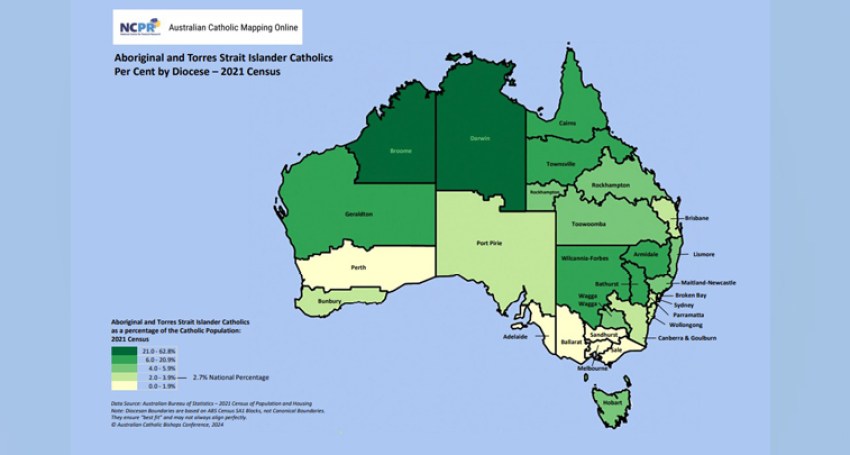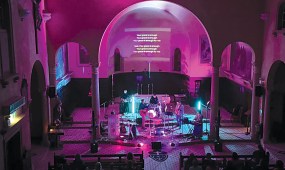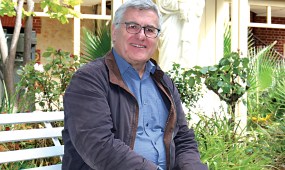Mapping out a more informed Church future
National
The changing face of Catholicism in Australia is highlighted in a new study that examines the number of Catholics and how they live in each state across the country.

The report – The Changing Catholic Community in Australia – from the National Centre for Pastoral Research (NCPR) looks at 30 years of census data to draw out trends to help with pastoral planning and research.
Nationally, the total of just over five million Catholics makes up 20 per cent of the population in 2021 (the most recent data), a drop of 7.3 per cent since the 1991 census.
Catholics in South Australia account for 15.5 per cent, or 275,849 residents, of the State’s population, according to the report.
Advertisement
In line with national trends, the percentage of Catholics in the Archdiocese of Adelaide born in non-English speaking countries has risen (to 23.1 per cent).
Adelaide Catholics are becoming more educated with 23.3 per cent of the Archdiocese population now having a degree. Home ownership is also up, from 72 to 77 per cent.
The NCPR reveals the proportion of Catholics aged 65 and over (19.9 per cent) now exceeds those aged 14 and below (17.9 per cent). This marks a significant departure from the 1991 census when younger Catholics were a far greater part of the population but is in line with Australians ageing irrespective of religious affiliation.
Curiously there is a national gender imbalance with 89 male Catholics for every 100 female Catholics as opposed to an even split among the non-Catholic population.
As with the wider population, more Catholics are living together outside marriage with de facto relationships accounting for 17.8 per cent nationally, below the national figure of 20.9 per cent.
Pivotally, the study breaks new ground through two new layers added to its interactive online mapping tool. The first layer shows where the 135,000 Aboriginal and Torres Strait Islander Catholics live, parish by parish, across Australia (the north-west of Australia and Wilcannia-Forbes Diocese dominate).
Advertisement
The layer was developed in collaboration with Craig Arthur, from the National Aboriginal and Torres Strait Islander Catholic Commission (NATSICC).
“To be able to see the diversity of Aboriginal and Torres Strait Islander Catholics across the country is a blessing and a very useful tool that will empower NATSICC and our Aboriginal and Islander Catholic Ministries,” Mr Arthur said.
The second layer highlights the percentage of Australians in each parish who were born overseas. As to be expected, the highest concentration of overseas-born Catholics are found in capital city dioceses.
Sarah Moffatt, executive director, Pastoral Life and Mission for the Archdiocese of Adelaide, welcomed the report.
“Data in itself is a good thing, however more importantly this information helps us to pastoral plan for the future, based on good information,” she said. “It helps us live our mission more fully.”
Languages tell a tale with English spoken at home by 191,257 Catholics in the Archdiocese of Adelaide, followed by Italian (20,032), Filipino (8360) and Vietnamese languages (5757).
All 2021 census maps are available via the National Centre for Pastoral Research website.
Topically, the report ends with a little-known statistic linking Australia with the United States and Peru, the two countries where Pope Leo has spent the majority of his life.
In 2021 there were 7599 Catholics in Australia who reported being born in Peru and 14,694 Catholics reporting they were born in the USA. Pope Leo was born in Chicago but was, much later, the Bishop of Chicalayo in Peru.











